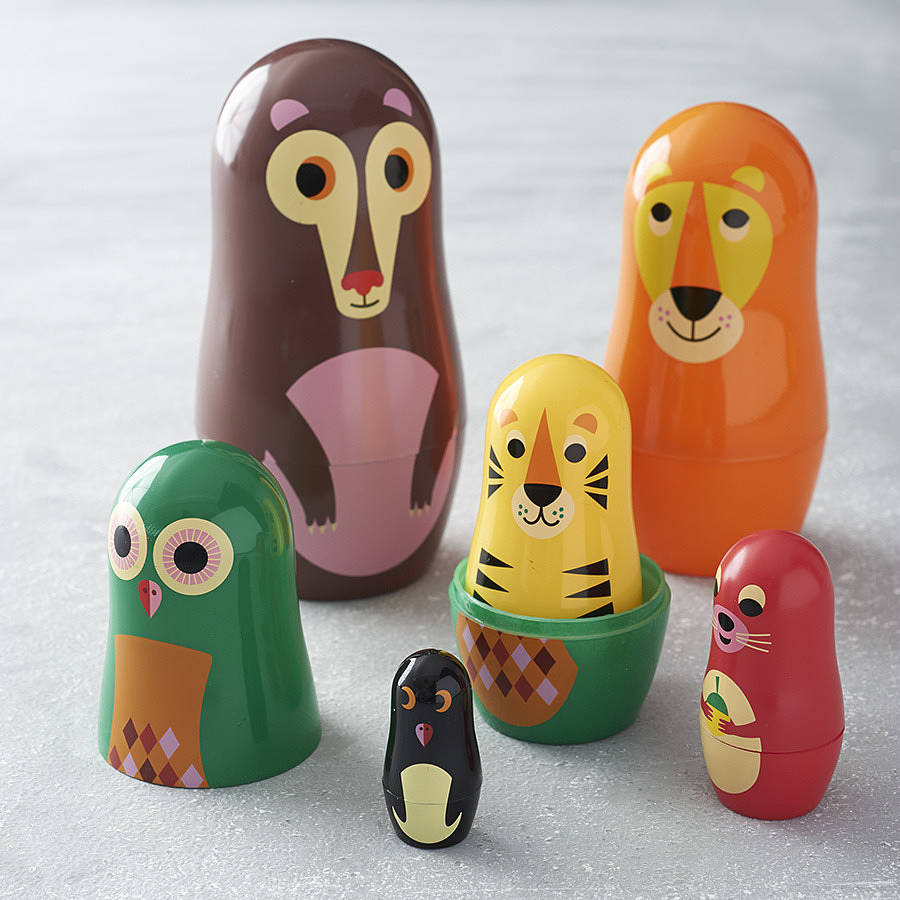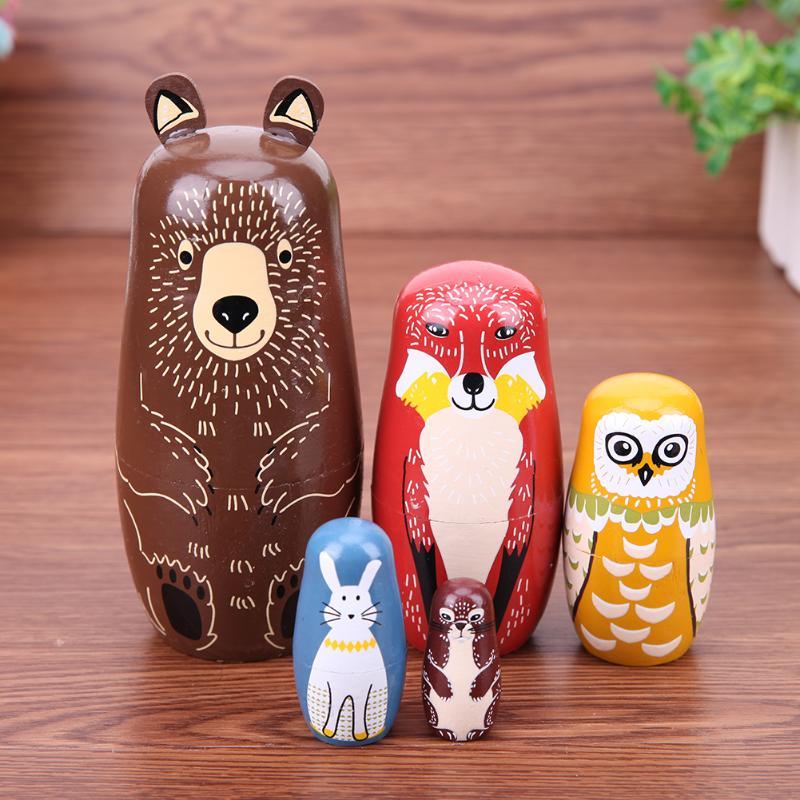Inexperienced, and even a sophisticated foreign tourist, first of all, carries a Russian doll souvenir. It has long become a symbol of our country, along with vodka, a bear and the like clichés that have developed in the mass consciousness. On the other hand, Russian matryoshka doll is a brilliant example of national talent, poorly influenced by mass culture.
Inexperienced, and even a sophisticated foreign tourist, first of all, carries a Russian doll. It has long become a symbol of our country, along with vodka, a bear and the like clichés that have developed in the mass consciousness. On the other hand, Russian matryoshka is a brilliant example of national talent, poorly influenced by mass culture. What does nesting doll mean? And why do everyone think that onesies as wedding gifts is a great idea? Let’s find out the answer.
A wide variety of Russian nesting dolls are available at affordable prices on nestingdolls.co.

The history of Russian nesting dolls
The most amazing thing is that until the end of the 19th century there were no Russian dolls in Russia at all. In the second half of the century, the Great Reform of Alexander II is bearing fruit: industry is booming, railways are being built. At the same time, the level of national identity is growing, interest in national history and culture is emerging, and national crafts are being revived. Since the 60s of the 19th century, a new branch of fine arts, called the “Russian style”, has been forming. In Soviet times, it was contemptuously called the “pseudo-Russian” or even “cock” style – based on the carved and embroidered “roosters” – the favorite motive of the artist and architect IP Ropet.
Many infamous nesting doll artists participated in the creation of Russian style of doll art. They were supported by well-known patrons of art: the creator of the Abramtsevo artistic circle, who invited these artists to his estate near Abramtsevo. In Mamontov, artists discussed the development of Russian art and immediately, on the spot, created it. Also, the Mamontovs tried to revive ancient folk crafts, collecting objects of folk art, including peasant toys. Savva Ivanovich’s brother, Anatoly Ivanovich Mamontov, was the owner of the children’s upbringing shop. In Mamontov, artists discussed the development of Russian art and immediately, on the spot, created it. Also, the Mamontovs tried to revive ancient folk crafts, collecting objects of folk art, including peasant toys. Savva Ivanovich’s brother, Anatoly Ivanovich Mamontov, was the owner of the children’s upbringing shop. In Mamontov, artists discussed the development of Russian art and immediately, on the spot, created it. Also, the Mamontovs tried to revive ancient folk crafts, collecting objects of folk art, including peasant toys. These are the men known to have dolls with them.
AI Mamontov hired highly skilled toy craftsmen and demanded from them a non-standard approach in the manufacture of toys. To expand the horizons of the masters and the development of their creative imagination in the workshop they wrote out samples of toys from around the world. At this time, there is an increased interest in Oriental, especially Japanese art. The exhibition of Japanese art, held in St. Petersburg in the second half of the 90s, contributed a lot to the emergence and development of fashion for “everything Japanese”.
Check out this article from The Inquirer regarding Russian nesting dolls.

Russian doll
Among the exhibits at this exhibition was a figure of the Buddhist sage Fukurumu, a good-natured bald old man, in whom several more wooden figurines were invested (Wooden because of the dangers of PVC dolls). The Fukurum statuette was brought from the island of Honshu, according to Japanese tradition, a Russian monk was the first to cut out such a figure, which got to Japan by unknown ways. It is believed that the figure Fukurum and became a prototype of Russian nesting dolls.
The author of Russian dolls
The author of the first Russian nesting doll is unknown, but her appearance was predetermined by a wide interest in national art in all spheres of society, the desire of the owner and craftsmen of the workshop “Children’s Education” to interest the public, create something new and unusual in the Russian spirit. Finally, the appearance of the Fukurumu figurine at an exhibition of Japanese art has become some kind of precise crystallization of this idea.
The first Russian matryoshka was cut out in the workshop of A.I. Mamontov. It is stamped: “Child education.”He carved her hereditary toy master Vasily Petrovich Zvezdochkin, and painted S.V. Malyutin, who collaborated with A.I. Mamontov, illustrating children’s books.
Why is the matryoshka so called
The name “matryoshka” for a wooden detachable painted figure appeared to fit. In the old Russian province, the name Matryona was one of the most common and beloved female names. This name comes from the Latin “mater”, which means “mother”. The name Matryona evokes the image of a real Russian woman, the mother of numerous children, with real peasant health and a typical portly figure.
The first Russian doll looked like this.
Vasily Zvezdochkin carved the first Russian nesting doll. She was painted by Sergey Malyutin. She consisted of 8 places: a girl with a black rooster, then a boy, followed by a girl again, etc. The artist painted all the figures differently, and the latter depicted a babe.

